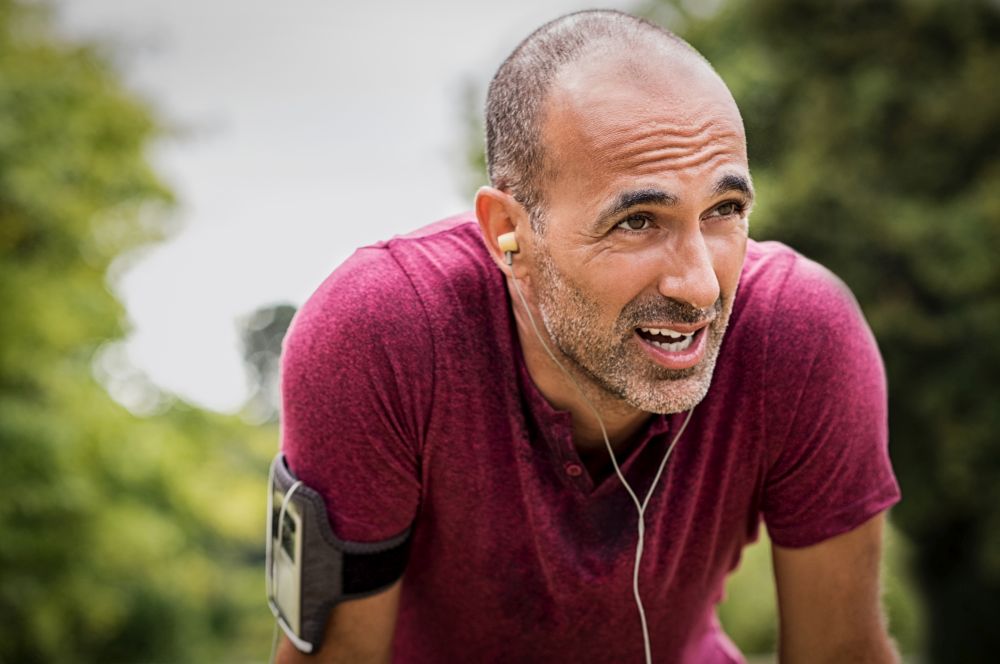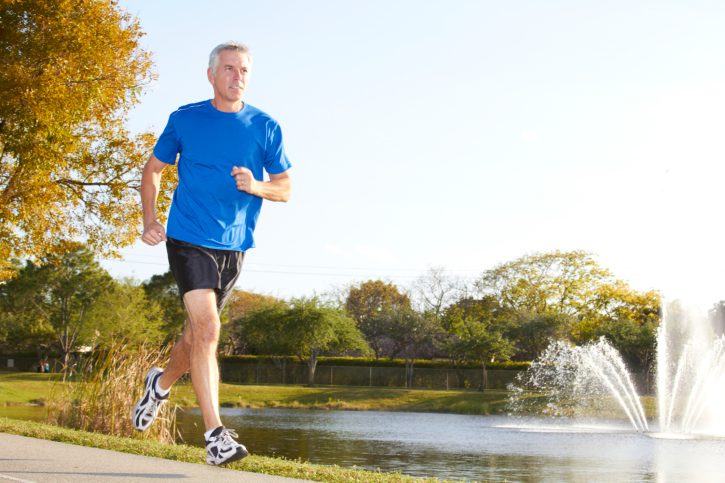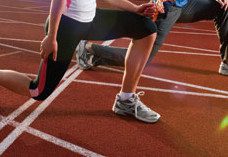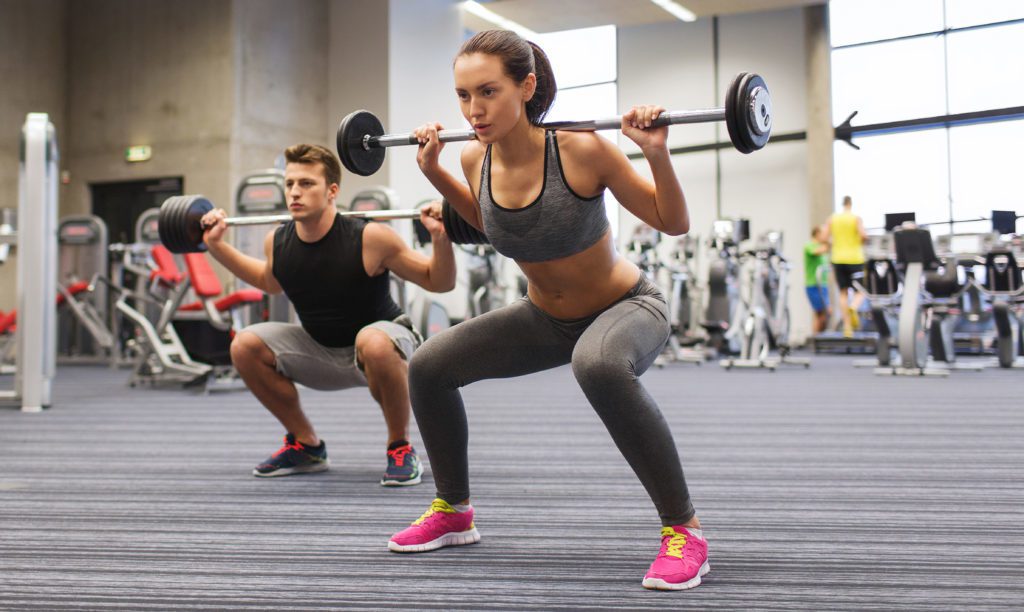How long will I keep getting faster?
All runners' performance will eventually plateau, but here are some tips to help you push back time


We’d all like to discover the fountain of youth that would allow us to keep getting faster as we get older. Generally speaking, young people who continue running past their teenage years can expect to keep getting faster until their 30s. Adults who take up running for the first time may enjoy learning how to train, and their resulting faster times, for several years before they plateau. So just how long can you expect to keep getting faster, and what can you do to push that threshold back?
RELATED: Why short, 30-second bursts will make you a faster runner
A 2007 paper by Yale economics professor Ray Fair analyzed performance decline over time. Fair suggests 35 as the peak age for running performance (looking at all distances), with results gradually declining after that. (And the longer the distance, the greater the decline, with marathoners showing a greater decline over time than sprinters.)

But what if you’re already 35 and you just started running? It’s been suggested that runners can expect to keep getting faster for about seven years, after which their times would start to get slower, all other things being equal (i.e. assuming you continue to train at the same level).
Understanding what aging means for runners
The primary effect of aging that impacts on athletic performance is declining VO2 max (the amount of oxygen available to the muscles at maximum effort, expressed as millilitres per kilogram of body weight per minute), i.e. the body’s ability to efficiently use oxygen during exercise peaks in the mid- to late 30s. This is because our maximum heartrate (the “220 minus your age” formula you may be familiar with) gets lower as we age, whether we’re fit or sedentary. Lactate threshold and running economy also decline with age, but VO2 max declines the most.

We also lose muscle mass as we age, which also has an impact on our performance. And recovery takes longer, which may affect our training.
The rate of decline in VO2 max among athletes who continue to train past age 30 is about half that of the general population, from about 10 per cent per decade to only five per cent.
For endurance sports like the marathon, 40 seems to be roughly the age limit that people can expect to compete at the highest level. Of course, there are many notable exceptions to this rule, such as 41-year-old Krista DuChene’s recent 3rd-place finish at the Boston Marathon, or Meb Keflezhigi squeaking through at age 39 for the win in 2014. Still, as a general rule, the fastest marathoners are in their 30s.
But the bottom line is, what can we do to stave off these factors that lead to slower finishing times for as long as possible?

High Intensity Interval Training (H.I.I.T.)
The best way to maintain VO2 max for as long as possible as we age is by doing high-intensity interval training (H.I.I.T.), i.e. hard workouts–something few of us are inclined to do as we get older. The flip side of that is that H.I.I.T. may lead to increased risk of injury, which might defeat the purpose. However, there are many different ways of varying the duration and intensity of workouts to protect yourself from injury while maximizing the training benefit. The best strategy is to read everything you can on the subject, or hire a coach with experience in training older athletes using H.I.I.T.

Cross-training
Cross-training, for many of us, is that thing we’re supposed to do that we rarely do (because we’d rather be running), but it becomes more important than ever for older athletes trying to stave off the effects of aging on performance. Cross-training might include strength training (to build muscle strength) and yoga (to increase flexibility), and doing so means you’ll lessen the risk of injury from overtraining.
All in all, it’s worth taking a look at how athletes’ bodies age, and with a little study and a willingness to change up how you train, you’ll be able to maintain your times (or maybe even get faster) for longer than you think.


